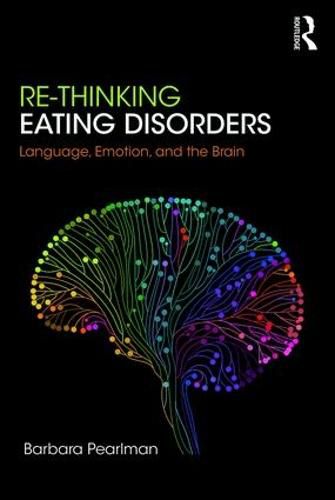Readings Newsletter
Become a Readings Member to make your shopping experience even easier.
Sign in or sign up for free!
You’re not far away from qualifying for FREE standard shipping within Australia
You’ve qualified for FREE standard shipping within Australia
The cart is loading…






This book tells the story of what happens in the brain when an eating disorder develops and what has to happen to bring an eating disorder to an end. It describes a new way of thinking about and treating eating disorders, ILET (Internal Language Enhancement Therapy), that brings together recent research in neurobiology with psychodynamic and cognitive behaviour therapy techniques. The focus of this approach is on what happens to our ability to think when anxiety cannot be managed. Most importantly it explains that eating disorders actually have nothing to do with either food or bodies. They are a manifestation of the brain triggering a pathway that stops us being able to think about the meaning of our emotional experience but instead traps us in the world of the body and what goes into it and comes out of it.By integrating the seemingly irreconcilable fields of neuroscience and psychoanalysis with cognitive behavioural techniques, we can gain a deeper and broader understanding of the workings of the mind in eating disorders and how to treat them.
$9.00 standard shipping within Australia
FREE standard shipping within Australia for orders over $100.00
Express & International shipping calculated at checkout
This book tells the story of what happens in the brain when an eating disorder develops and what has to happen to bring an eating disorder to an end. It describes a new way of thinking about and treating eating disorders, ILET (Internal Language Enhancement Therapy), that brings together recent research in neurobiology with psychodynamic and cognitive behaviour therapy techniques. The focus of this approach is on what happens to our ability to think when anxiety cannot be managed. Most importantly it explains that eating disorders actually have nothing to do with either food or bodies. They are a manifestation of the brain triggering a pathway that stops us being able to think about the meaning of our emotional experience but instead traps us in the world of the body and what goes into it and comes out of it.By integrating the seemingly irreconcilable fields of neuroscience and psychoanalysis with cognitive behavioural techniques, we can gain a deeper and broader understanding of the workings of the mind in eating disorders and how to treat them.